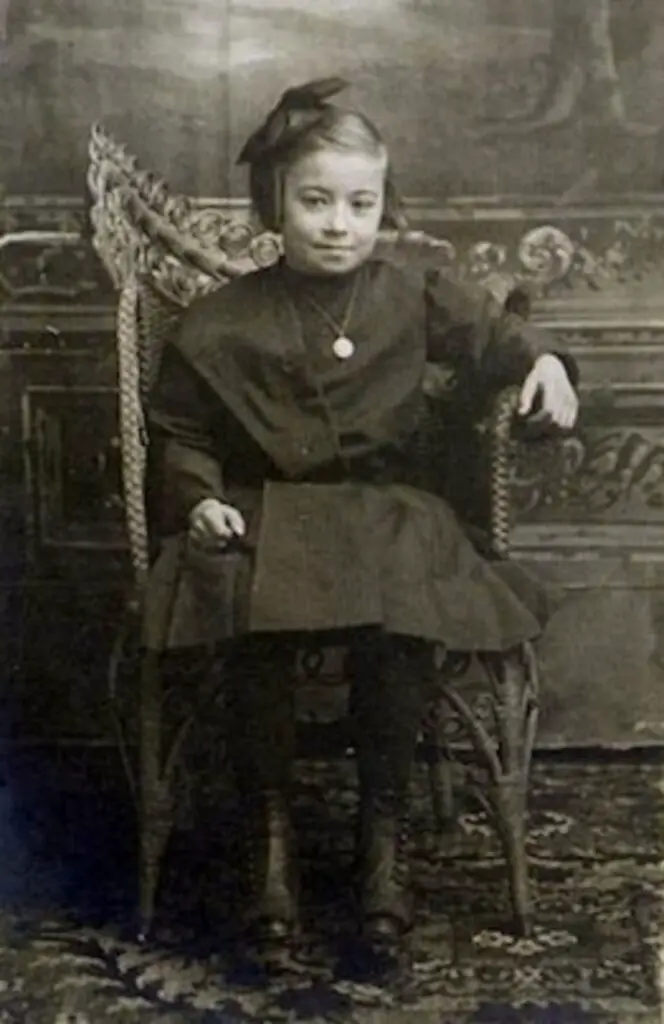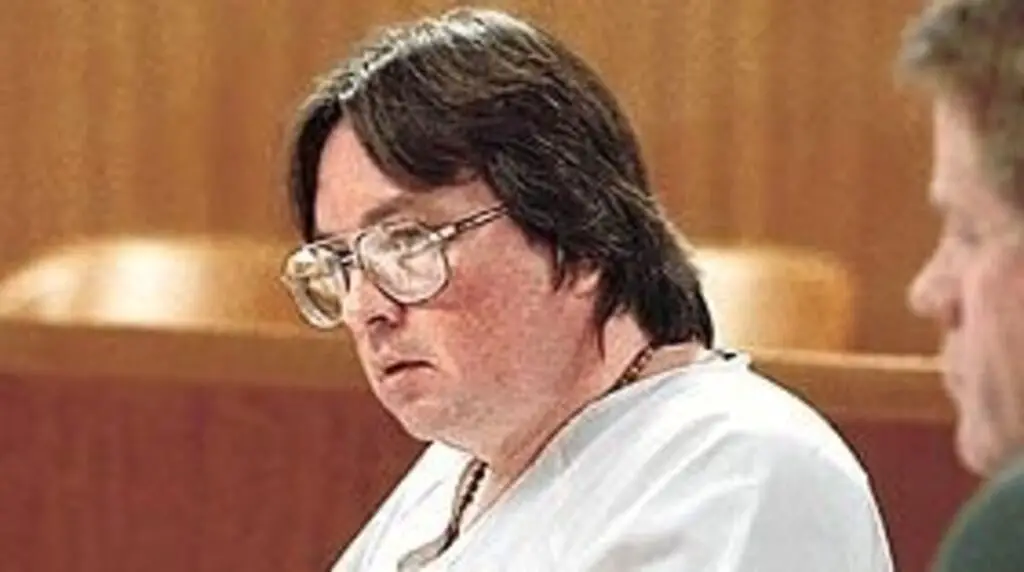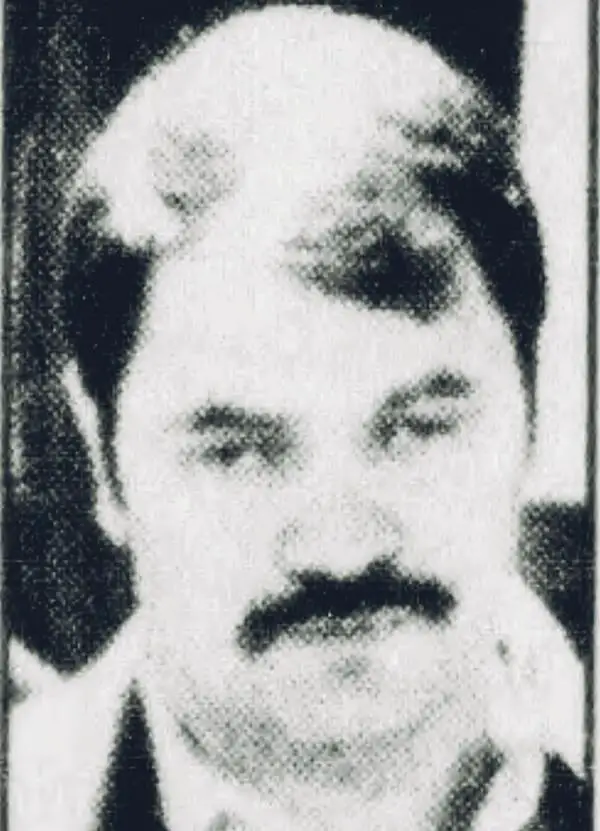When he took the witness stand in federal court on March 17 in Albany, Michael McCallion was nervous. He had waited three years for this moment, for a chance to hold accountable the men he said brutally assaulted him.
He told the jury that in 2020, a group of corrections officers had beaten him in a New York state prison near the Canadian border, breaking four of his ribs. After McCallion filed a complaint about the assault, he said two other officers beat him further and ruptured an eardrum.
Across the courtroom, seven guards impassively watched McCallion’s testimony. Each later testified that he and his colleagues did nothing of the sort: No one assaulted the formerly incarcerated man.
For four days, eight jurors sat in a historic high-ceilinged art deco courtroom and weighed the two irreconcilable stories.
McCallion’s attorney offered several facts supporting his version of events. But the plaintiff lacked one critical thing: video evidence. The guards at Gouverneur Correctional Facility did not have body-worn cameras. The sites of the alleged beatings lacked fixed security cameras. This may soon change. The New York Legislature’s recently passed budget allocates $418 million for body and fixed cameras, and requires that prison employees wear and activate body cameras in every interaction with incarcerated people.
Those changes can’t help McCallion and other prisoners who accused guards of abusing them. A recent investigation by The Marshall Project found at least 46 cases in which prisoners in New York alleged guards abused them in an infirmary. Advocates say that officers have intentionally taken prisoners to infirmaries to beat them because the medical wings lacked cameras.
The corrections department has begun putting more cameras in prisons following the December beating death of Robert Brooks, during which several body cameras were, unbeknownst to the officers, recording. The video shocked the public and led to criminal charges against 10 officers. But most abuse cases don’t have video, The Marshall Project found.
Without video, advocates and attorneys say, it’s difficult for New York prisoners to prove their allegations.
McCallion’s case began on the night of Oct. 28, 2020. He later admitted he and some friends were breaking the prison’s rules when they went into a dormitory bathroom and smoked K2, a synthetic marijuana with unpredictable effects. McCallion, who was serving a five-year sentence for heroin possession and burglary, said he was the last to notice that a correctional officer had entered the bathroom. He flattened himself against the wall and tried to shimmy past the guard “in a silly fashion,” he said on the witness stand.
Matthew Marra was the only officer in a dorm of 50 men. He testified that McCallion was pacing and screaming and flailing his arms. Marra, a former wrestler, said the prisoner lunged at him, so he used a maneuver known as a hip toss to throw McCallion to the floor and land on top of him. Marra pushed a button on his radio to summon help.
The two agree on one thing: Marra had McCallion under control and handcuffed in about a minute. Prison policy requires that medical staff examine officers and incarcerated people after every use of force.
At 9:52 p.m., correctional officers escorted McCallion to the infirmary, a five-minute walk. McCallion testified that the guards took him into a frisk room in the infirmary, where they knocked him to the floor, and kicked, stomped and punched him. They left him handcuffed to a chair for about 15 minutes. Upon return, McCallion said the guards beat him again before taking him to a nurse.
A nurse examined Marra in the infirmary at 10:10 p.m., records show, provided ice and recommended that the officer take Motrin for bruises incurred in the takedown.
The first record of McCallion in the infirmary was at 10:30 p.m. — nearly 40 minutes after the escort started — when an officer photographed him in his boxers, showing red abrasions on his back, neck and head. As a nurse examined McCallion, he turned pale and began sweating profusely. His blood pressure dropped to 50/36 — dangerously low — and he began convulsing. The nurse feared a heart attack. An ambulance took him to the local hospital, where X-rays revealed four broken ribs. McCallion was transferred to a medical center in Syracuse for treatment.
After returning Oct. 29, McCallion spent a night in the prison infirmary and was sent to solitary confinement the next day. A senior prison manager held a disciplinary hearing a week later, on Nov. 5; McCallion pleaded guilty to smoking K2. McCallion testified he also told the manager about the assault, which triggered a mandatory internal investigation. That evening, two guards in blue shirts escorted McCallion in handcuffs to a room where a lieutenant in a white shirt would interrogate him about his allegations. McCallion testified that the officers ordered him to deny that he was beaten.
McCallion did not comply. He testified about what he alleges happened next.
The guards returned him to his cell, where they choked and punched him in his broken ribs. McCallion said one guard slapped him on the side of his head with an open palm. He felt his eardrum explode and dropped to the floor screaming.
McCallion said the officer left with a final warning: “Don’t talk to the white shirts. They don’t run this place, we do.”
On Nov. 7, McCallion complained that he was in pain and couldn’t hear out of his right ear. A nurse saw ear blockage and gave him drops to remove wax. McCallion said the liquid dripped through his punctured eardrum and caused so much pain that it felt like he was pouring acid directly into his brain. He soon developed an ear infection.
The officers gave succinct and uniform testimony. There were no assaults in the frisk room on Oct. 28 or in the solitary cell on Nov. 5. Those days were ordinary work days of which the guards have no distinct memory. Each said they took their constitutional oaths seriously. They knew that they could be fired or prosecuted for beating a prisoner.
McCallion did not help his case as a witness. He argued with the guards’ defense lawyer and failed to answer questions, despite repeated admonitions from an increasingly irritated U.S. District Judge Glenn Suddaby. Near the end of McCallion’s testimony, Suddaby interrupted in exasperation: “Excuse me, excuse me! Answer the question!”
In closing, McCallion’s lawyer urged the jury to focus on what happened between 9:52 p.m., when guards began escorting McCallion to the infirmary, which takes just a few minutes, and his client’s appearance in the infirmary at 10:30 p.m. He contended that those 38 minutes support McCallion’s version of events. He also pointed to medical records and McCallion’s broken ribs and punctured eardrum as evidence of abuse.
The deputy attorney general defending the officers countered that a sinus infection ruptured the eardrum while the takedown broke his ribs. He urged the jury to ignore the unreliable words of a formerly incarcerated man pursuing a windfall in a civil case.
The jury deliberated for one hour and cleared the guards of all charges. McCallion teared up upon hearing the verdict; the judge suggested that he needed to put this behind him and move on.
“With all due respect, your honor, I can’t,” he said.
McCallion has filed a separate lawsuit in the state Court of Claims, where it will be decided by a single judge. A trial is likely to begin in the coming months.
A spokesperson for the corrections department said that, as of May 23, all officers at Gouverneur prison were wearing body cameras. He said the facility’s infirmary will have fixed cameras by the end of the year.

























